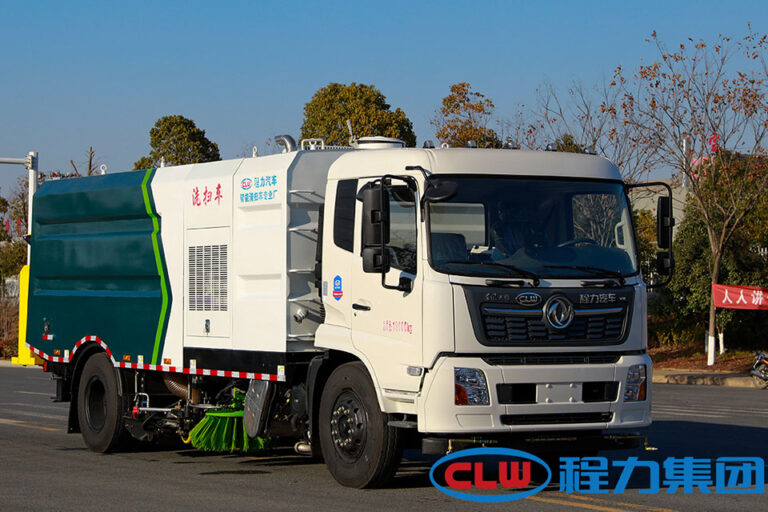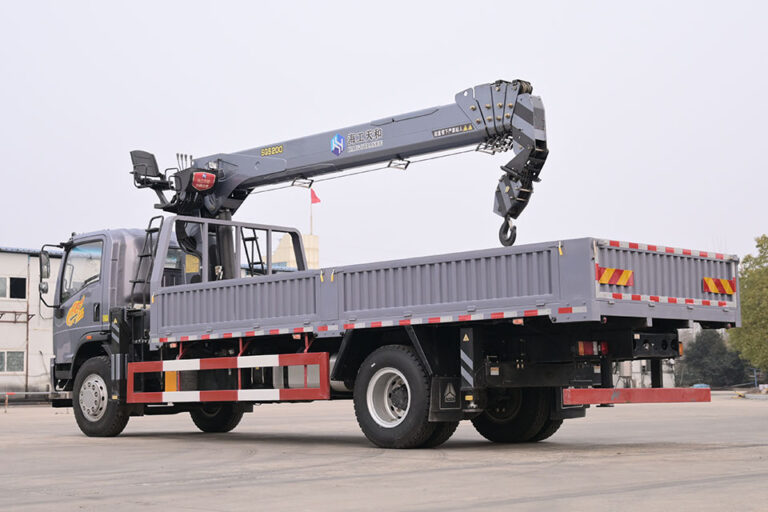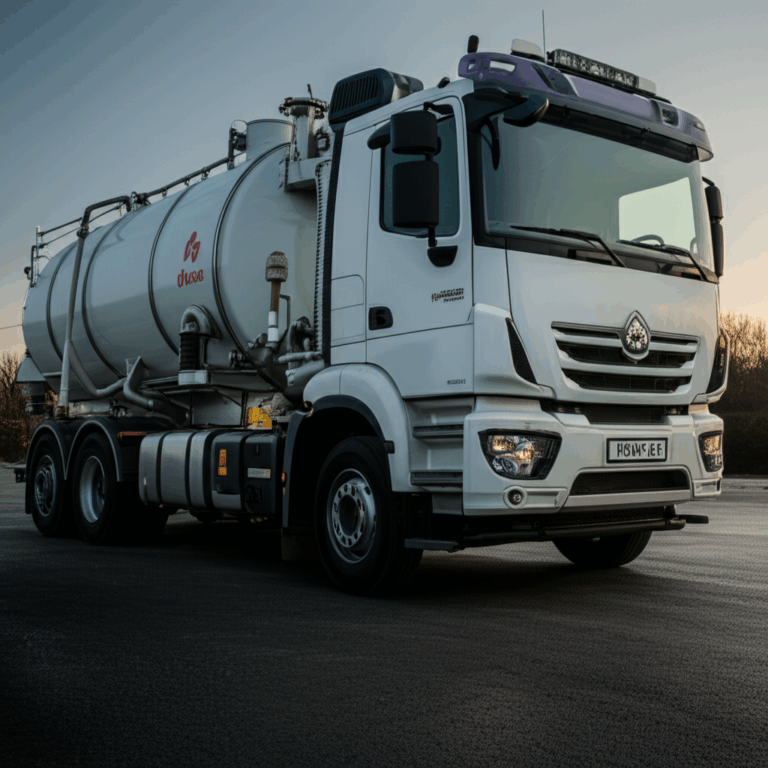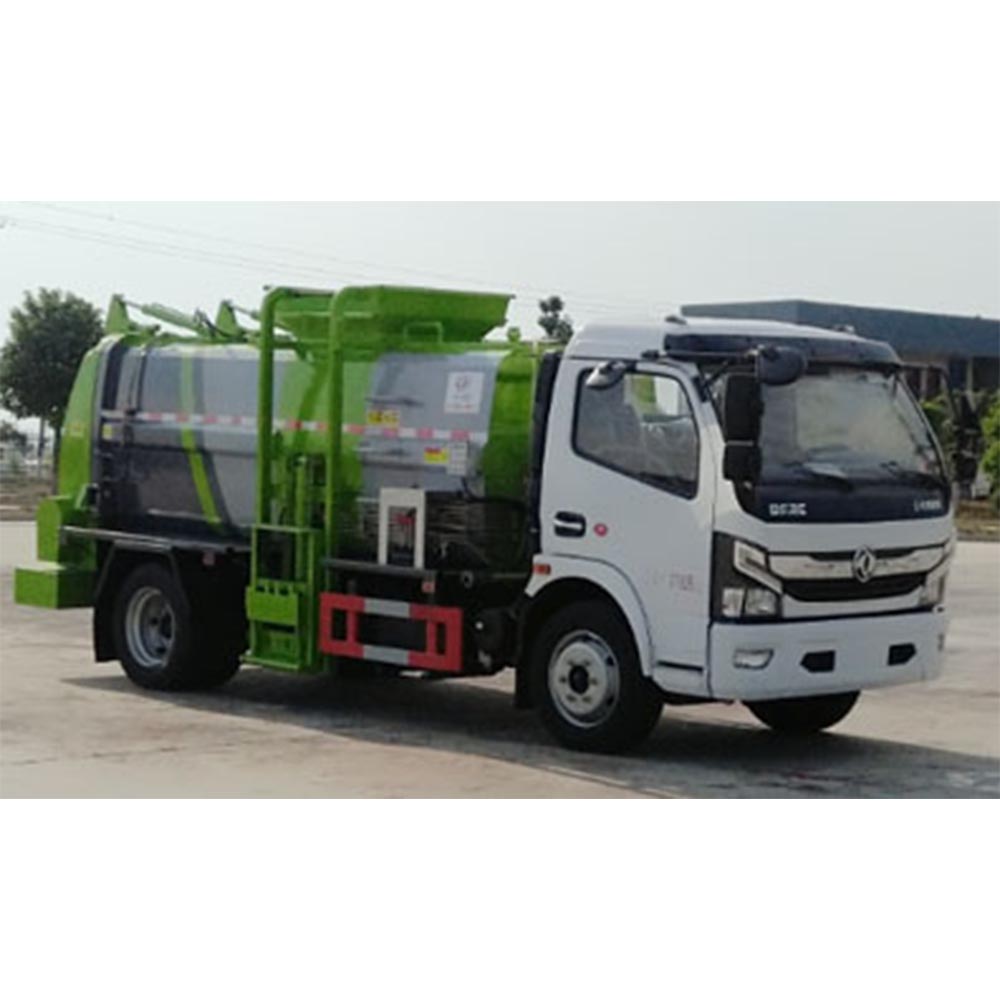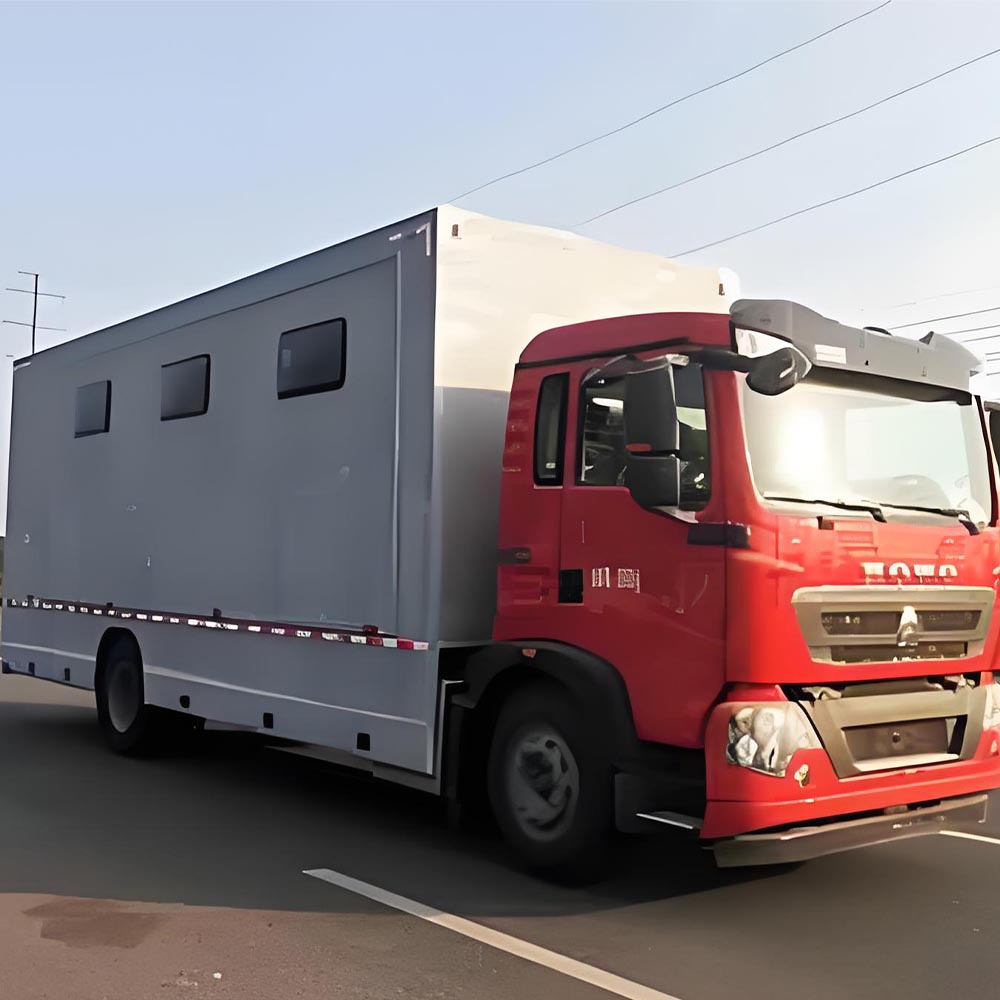-
Chengli Automobile Industry Park
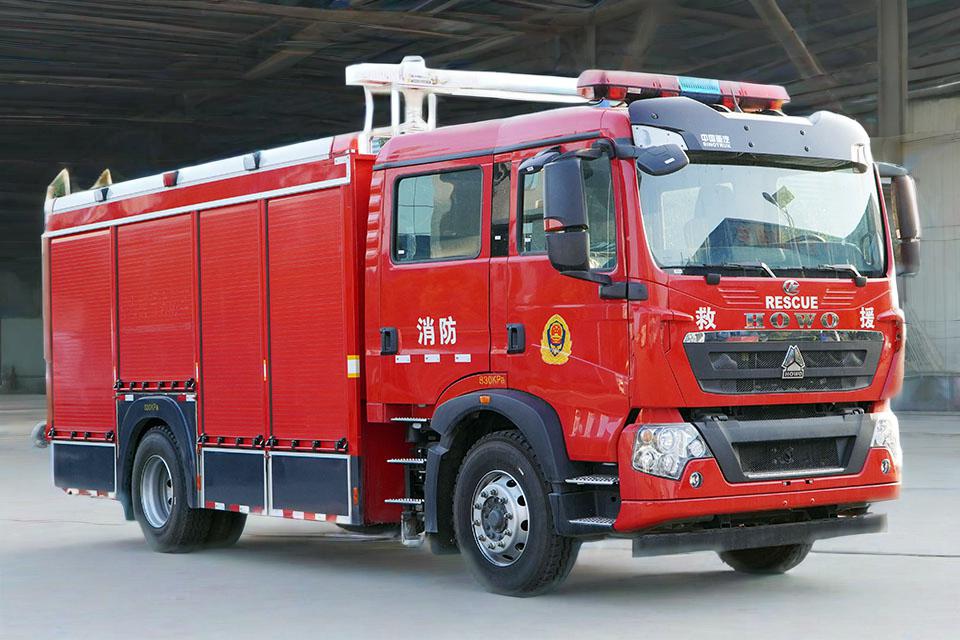
How does a CAFS system work?
How Does a CAFS System Work? Understanding Compressed Air Foam for Firefighting
Are you wondering how a CAFS system works? Compressed Air Foam Systems have changed how we fight fires today. This easy-to-read guide explains everything about CAFS, from basic parts to big benefits.
Table of Contents
What is a CAFS?
A Compressed Air Foam System (CAFS) is a special firefighting tool. It mixes water, foam soap, and air to make a powerful foam that puts out fires fast.
CAFS is not like old water-only systems. It makes a thick, sticky foam that works better on fires. The foam sticks to walls and ceilings where plain water would run off.
Did you know? CAFS technology is used in manyEmergency Fire Rescue Trucks today, making them more effective at saving lives and property.
Understanding Compressed Air Foam Systems (CAFS)
Key Components
CAFS systems have key parts like a water tank, pump, foam tank, air compressor, and a mixing chamber. These work together to create powerful firefighting foam.
CAFS vs. Traditional Water Firefighting
This chart compares CAFS to using only water for firefighting. CAFS uses less water and can put out fires faster.
Foam Expansion
This chart shows how CAFS expands. A little bit of water and foam mix can create a lot of foam!
Key Parts of a CAFS System
A CAFS has these main parts:
- Water tank: Holds the water for making foam
- Centrifugal pump: Pushes the water through the system
- Foam concentrate tanks: Hold the special soap for making foam
- Foam proportioning system: Mixes the right amount of soap with water
- Air compressor: Adds air to make bubbles in the foam
- Mixing chamber: Where water, soap, and air come together
- Control system: Lets firefighters adjust how the foam works
- Discharge nozzle: Where the foam comes out to fight the fire
![CAFS System Parts Diagram]
How CAFS Works: Step by Step
Let’s see how a CAFS makes foam to fight fires:
1. Water and Foam Mixing
First, water from the tank goes through the pump. Then, the system adds a small amount of foam concentrate (the special soap). Most systems use about 1% foam soap and 99% water.
2. Adding Compressed Air
Next, compressed air gets pushed into this soap-water mix. This creates millions of tiny bubbles. These bubbles make the foam special.
3. Foam Creation
The air, water, and soap mix in the mixing chamber. This creates a thick, creamy foam with a tight bubble structure.
4. Foam Application
Finally, the foam comes out through a nozzle or hose. Firefighters can spray it on the fire. The foam sticks to walls, ceilings, and other surfaces.
Safety Note:If a CAFS loses compressed air, it won’t make an effective fire stream. The ¼-turn ball valve used as a nozzle is too large for water or foam solution without compressed air.
Why CAFS Beats Fire: The Science
CAFS stops fire in four powerful ways:
- Smothering: The foam makes a foam blanket that keeps oxygen away from fuel, stopping the fire.
- Cooling: The water in the foam absorbs heat from the fire.
- Separating: The foam creates a barrier between the fire and its fuel.
- Sticking Power: CAFS foam sticks to vertical surfaces like walls, where water would just run down.
This is why CAFS attacks all sides of the fire tetrahedron (the four things every fire needs).
Big Benefits of CAFS
CAFS systems offer many benefits:
Water Savings
CAFS uses much less water than regular firefighting. This means:
- Less water damage to buildings
- Smaller water tanks needed on fire trucks
- Longer firefighting time with the same water supply
A CAFS can make up to 10 times more foam than the water volume it uses. So 1000 gallons of water can make about 10000 gallons of foam!
Better Fire Control
- Puts out fires faster than water alone
- Sticks to surfaces for longer protection
- Creates a barrier that helps prevent fires from starting again
Environmental Benefits
- Less water pollution from runoff
- Reduced air pollution from quicker fire control
- Lower environmental impact overall
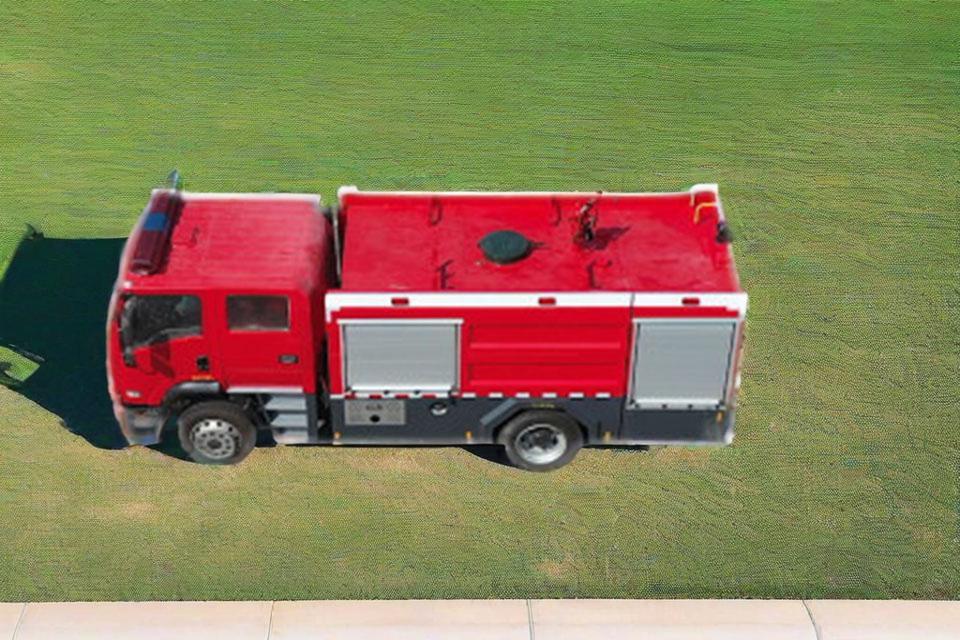
Safety Improvements
- Lighter hoses that are easier for firefighters to handle
- Less steam created, improving visibility
- Faster knockdown of fires, reducing risk
Real-World Example: Modern High-Pressure Fire Trucks with CAFS are becoming standard equipment in many fire departments because of these impressive benefits.
Types of CAFS Systems
There are different kinds of CAFS systems:
1. Built-in CAFS
These are installed directly in fire trucks. They include:
- Large CAFS: For big fire trucks with 200 cfm air compressors
- Medium CAFS: For smaller fire vehicles
- Advanced systems like the Esteri CAFS 2500 that focus on efficiency
2. Portable CAFS Units
These smaller units can be carried to hard-to-reach places:
- RFC CAFS Cube S: A compact system for tight spaces
- Backpack CAFS: Small units firefighters can wear
3. Specialized CAFS
These are made for specific types of fires:
- Industrial CAFS: For chemical fires
- Forestry CAFS: Made for wildland firefighting
- Marine CAFS: For boat and ship fires
Comparing CAFS to Traditional Firefighting
Let’s see how CAFS compares to regular water firefighting:
| Feature | CAFS | Traditional Water |
|---|---|---|
| Water usage | Low (saves up to 90%) | High |
| Knockdown speed | Very fast | Slower |
| Weight of hose | Lighter | Heavier |
| Sticking to surfaces | Excellent | Poor |
| Initial cost | Higher ($35,000+ for equipment) | Lower |
| Equipment complexity | More complex | Simpler |
| Training needed | More | Less |
| Environmental impact | Lower | Higher |
Real-World CAFS Applications
CAFS works great for many types of fires:
Structure Fires
CAFS is perfect for homes and buildings because:
- The foam sticks to walls and ceilings
- It uses less water, causing less damage
- It puts out hidden fires in walls
Wildland Fires
For forest and brush fires, CAFS helps because:
- It makes a protective barrier on plants
- The foam lasts longer than water
- Firefighters can reach further with foam streams

Vehicle Fires
CAFS works well on car and truck fires:
- It smothers fuel fires quickly
- The foam seals flammable liquid spills
- It cools hot metal surfaces
Fleet Application: Many CAFS High-Pressure Foam Spray Fire Trucks are specially designed to handle vehicle fires on highways and in tunnels.
Best Practices for Using CAFS
To use CAFS right, firefighters should:
- Train regularly on CAFS equipment
- Adjust foam consistency based on the fire type
- Maintain proper pressure for best foam quality
- Apply foam correctly – from bottom to top on vertical surfaces
- Know when to switch between foam types
Challenges and Limitations
CAFS isn’t perfect. Here are some challenges:
- Higher initial cost: Adding CAFS can add about $35,000 to a fire truck’s price
- More maintenance: More parts means more things to check and fix
- Training needs: Firefighters need special training to use CAFS effectively
- Compressor dependency: If the air compressor fails, the CAFS won’t work properly
- Foam supply limits: Once foam concentrate runs out, the system makes only water
The Future of CAFS Technology
CAFS keeps getting better. New developments include:
- Smarter controls that automatically adjust foam quality
- Eco-friendly foam concentrates that break down naturally
- Lighter components making systems more portable
- Better mixing chambers for more consistent foam
- Combined systems that work with other firefighting tools
Conclusion: Is CAFS Worth It?
Compressed Air Foam Systems change how we fight fires. They use less water, put out fires faster, and cause less damage. While they cost more at first, many fire departments find the benefits worth the price.
For fire departments looking to upgrade their equipment, CAFS offers a powerful tool that helps save lives, property, and water resources. As technology improves and costs come down, we’ll likely see CAFS in more fire trucks around the world.
Whether fighting structure fires in cities or wildland fires in forests, CAFS provides firefighters with a versatile and effective weapon against fire. The foam’s ability to stick to surfaces, use less water, and cool fires quickly makes it a valuable addition to modern firefighting tactics.
Frequently Asked Questions
How much does a CAFS system cost?
Adding a CAFS system with a 200 cfm compressor and foam proportioner can add about $35,000 to a fire truck’s price.
Does CAFS work without compressed air?
No. If the compressed air fails, the system won’t create effective foam. The nozzle opening is too large for good water streams without the air pressure.
How much more foam can CAFS make compared to water?
With a good CAFS at 10:1 expansion ratio, 1000 gallons of water can make about 10,000 gallons of foam.
Is CAFS foam bad for the environment?
Modern CAFS foams are designed to be more environmentally friendly. They break down naturally and cause less pollution than older foam types.
Do firefighters need special training for CAFS?
Yes. Proper training is essential for effective CAFS use. Firefighters must learn about foam proportioning, application techniques, and system maintenance.

